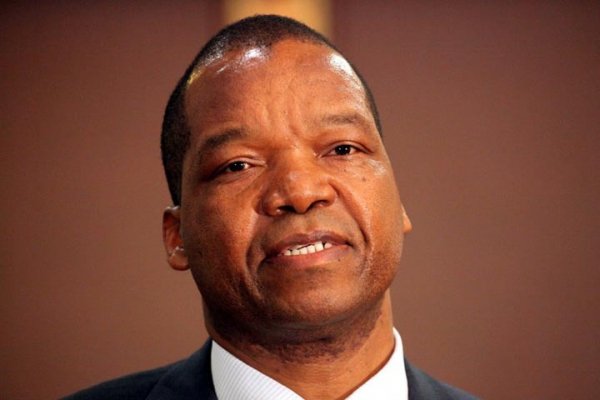Source: Editorial Comment: Why did it take long, pain for RBZ to see sense? – NewsDay Zimbabwe February 21, 2019
Editorial Comment
Finally, the Reserve Bank of Zimbabwe (RBZ) saw the sense of devaluing the local bond note currency and the fallacy of the 1:1 exchange rate parity with the United States dollar after doggedly keeping a policy it well knew was disastrous for the economy, especially considering a public and business suspicious of anything this administration does.
Zimbabwe has struggled to earn the US$, the currency it adopted after ditching its hyperinflation-ravaged currency back in 2009, but a local currency was not envisaged until it has enough supporting fundamentals.
But bit by bit, starting with the introduction of bond coins in 2014 as a way of providing smaller denominations for change in its multi-currency regime, the central bank brought back the local currency.
As the US$ shortages became more severe, the bond notes were introduced in 2017, disguised as an incentive to encourage more exports, while also providing relief to an unrelenting cash crunch.
Prices spiked, shortages of fuel, and medicines, among other critical supplies, intensified. Finally, a sharp increase in the price of fuel in a bid to address the shortages and other economic struggles finally pushed the public into violent demonstrations, which were brutally put down by security forces, leaving 17 dead, according to human rights groups.
So the authorities finally did the sensible thing, potentially leaving the official currency exchange rate to rise sharply to match the rate value on the streets.
The government appears wary of saying that it has devalued the local currency, which is what it has effectively done. As a result, whatever money is in people’s accounts, its value will now be determined by the interbank market, which starts trading on Monday, February 25.
It also appears not keen to spook the market by admitting that it has reintroduced a local currency through the back door, even though that is what it has effectively done.
According to RBZ governor John Mangudya, all the existing electronic balances, bond notes and coins in circulation will now be RTGS dollars, effectively making them the official local currency. Zimbabwe’s 2019 budget is also in that currency.
Just how much confidence the central bank’s move infuses in the market, time will tell because confidence in the governor and the Zanu PF government’s economic management, in general, has been sinking over the past few years, not helped by policy mishaps and political developments in recent months.
Yes, the central bank may have finally followed the market direction, but regaining market confidence will be Mangudya and the government’s latest and biggest test.
The post Editorial Comment: Why did it take long, pain for RBZ to see sense? appeared first on Zimbabwe Situation.
